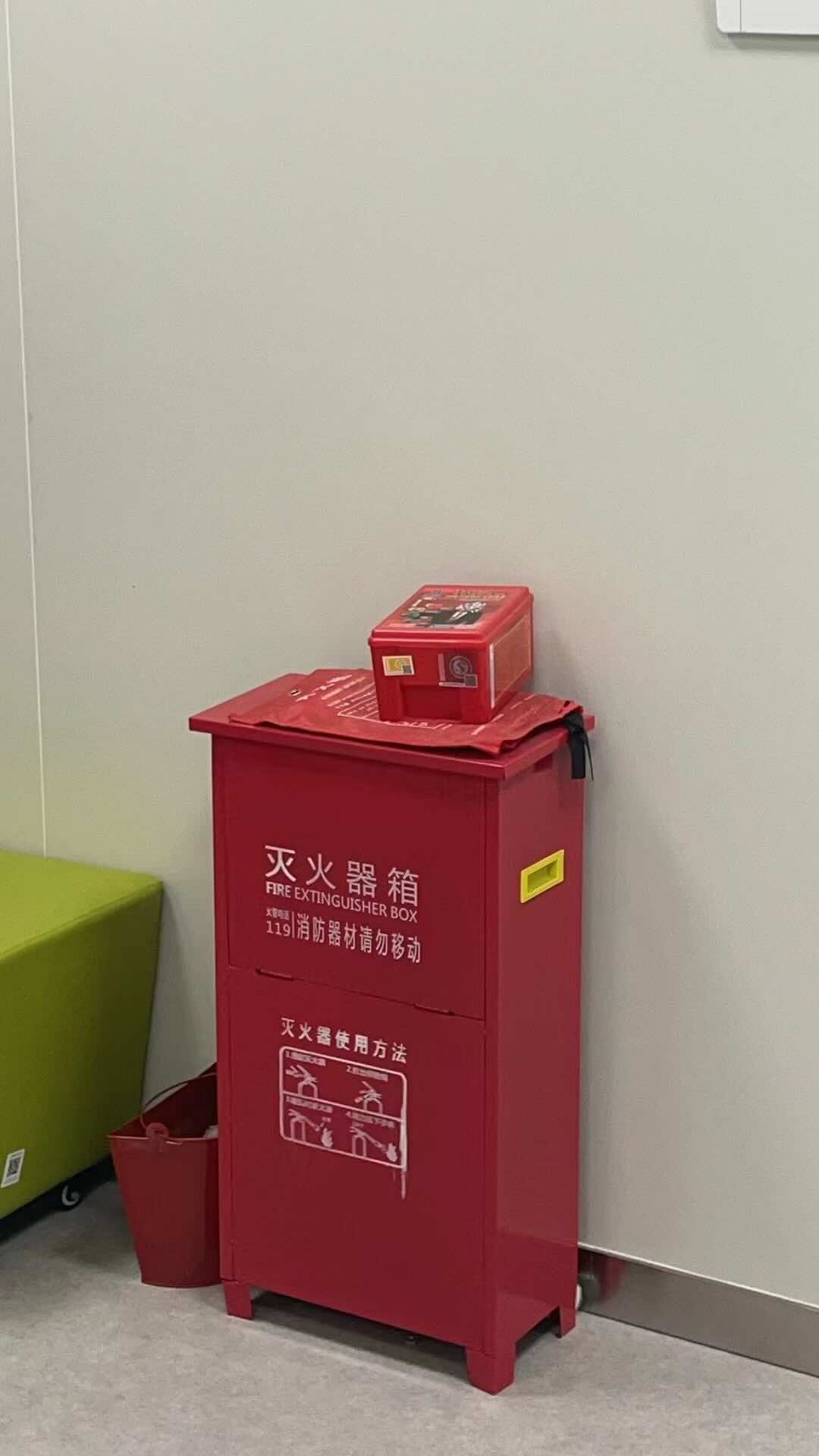(Default content of this page. This content will be deleted before final submission.)
Safety
Describe all the safety issues of your project.
Safety and Security Award
Synthetic biology will need to be used safely and securely if local people are to solve local problems all around the world. The Safety and Security Committee is challenging teams to apply biological engineering approaches to manage risks associated with synthetic biology. Can you take the next step in incremental progress towards knowledge, understanding, and tools that will make the use of synthetic biology safer and more secure?
To compete for the Safety and Security award, please describe your work on this page and also fill out the description on the judging form.
Please see the 2023 Awards Page for more information.
What should this page contain?
On this page of your wiki, you should write about how you are addressing any safety issues in your project. The wiki is a place where you can go beyond the questions on the safety forms, and write about whatever safety topics are most interesting in your project. (You do not need to copy your safety forms onto this wiki page.)
Please visit the Safety Policies page to find this year's safety requirements & deadlines, and to learn about safe & responsible research in iGEM.
Safe Project Design
Does your project include any safety features? Have you made certain decisions about the design to reduce risks? Write about them here! For example:
- Choosing a non-pathogenic chassis
- Choosing parts that will not harm humans / animals / plants
- Substituting safer materials for dangerous materials in a proof-of-concept experiment
- Including an "induced lethality" or "kill-switch" device
Safe Lab Work
What safety procedures do you use every day in the lab? Did you perform any unusual experiments, or face any unusual safety issues? Write about them here!
Safety
Overview
The team members have attained a high level of proficiency in microbiological laboratory safety through rigorous education and training, ensuring the safe conduct of laboratory operations and maintaining a safe laboratory environment.
1. Biosafety Level of Our Laboratory
In compliance with iGEM competition guidelines and local safety regulations, our laboratory is categorized as Biosafety Level 2 (BSL-2) to mitigate bio-risks(Fig1). BSL-2 laboratories handle relevant microorganisms without significant pathogenic potential to healthy individuals.
Furthermore, all components and organisms utilized are ecologically benign and pose no potential harm or pathogenicity to health. Prior to entering the laboratory, prominent reminders are displayed.

2. Biosafety Warning
Emphasizing biosafety is paramount to mitigate exposure to biohazards or pathogen dissemination, addressing ecological and hygiene concerns. Inadequate experimental practices and substandard equipment may compromise safety.
Biosafety measures encompass regular audits of laboratory facilities and equipment compliance, and stringent adherence to laboratory safety protocols. Particularly for synthetic biology experiments, high-security facilities and equipment are indispensable to prevent accidental release of harmful chemicals or engineered organisms.
3. Laboratory Safety
Throughout experiments, all team members strictly adhere to specified criteria. For instance, fire safety precautions are observed during the use of electric heaters and microwaves, ensuring supervision and readiness to extinguish any fire promptly. The laboratory is well-equipped with fire hydrants, fire extinguishers, and fire blankets, and training is provided on their usage.
Training is also imparted on the proper use of equipment such as alcohol lamps and eyewash stations, along with other essential safety procedures. Bacterial operations are conducted within laminar flow hoods to ensure isolation from the external environment. Waste containing living organisms is autoclaved before disposal in designated medical waste bins, followed by transfer to designated institutions for further processing. Regular disinfection of glass apparatus is carried out, and personal protective gear such as rubber gloves, lab coats, long pants, and closed-toe shoes are mandatory during experiments. (Fig2)

Routine checks of water, electricity, fire safety, and air conditioning systems are conducted during experiment suspension. The laboratory undergoes cleaning and disinfection at least once a week and under necessary conditions.
4. Laboratory Safety-Related Facilities
Our laboratory is outfitted with advanced instruments including laminar flow hoods, autoclaves, and personal protective equipment. Special waste receptacles are designated for contaminated waste, and medical bins for specific medical waste are readily available.
5. Procedure for Sterilization of Escherichia coli
In accordance with sanitation and epidemic prevention requirements, the use of disinfectants is crucial. Lab-specific chlorination tablets are utilized to eradicate Escherichia coli. Thorough checks ensure complete elimination of Escherichia coli. Special equipment for sterilization is present in the laboratory building's sewer system.
Prior to experiments, meticulous checks are conducted to ensure eligibility. Comprehensive disinfection procedures are followed to prevent bacterial contamination in the laboratory. After experiments, results are securely stored in designated areas, and useless engineered bacteria plates undergo thorough sterilization before disposal in medical waste bins.
6. Safety Education and Training
Before engaging in experiments, team members receive systematic safety training. This encompasses training on the proper usage of fire extinguishers, fire blankets, environmental cleaning and disinfection protocols, and medical waste sterilization. Training sessions are acknowledged and appreciated, particularly those provided by Professor Ren from Shandong University.
7. Safe Project Design
Before project design, all team members undergo biosafety training. Visual aids depicting safety instruments, as mentioned earlier, are displayed.
During the project realization, specific equipment and disinfectants such as autoclaves and 75% alcohol are employed to ensure biological safety within the laboratory. The project involves the utilization of non-pathogenic chassis, such as the BL21 strain. Engineered parts utilized in the project pose no harm to humans, animals, plants, or the environment.
In the proof-of-concept experiment, hazardous materials were not utilized. The prepared paper strip sensor utilizes a cell-free system, eliminating concerns about strain leakage into the environment. In summary, our project does not pose any harm to human beings or the environment.
8. Safe Laboratory Work
Prior to laboratory entry, team members don isolation attire, gloves, and shoe covers. Pre-experiment procedures involve thorough cleaning and disinfection of the laboratory. Goggles are worn while working in the laboratory, and bacterial strains are autoclaved and disposed of in medical waste bins. Post-experiment, used gloves and shoe covers are disposed of in medical waste. Isolation attire is removed, hands are cleaned and disinfected, and the laboratory is vacated.
No unconventional experiments were conducted, and no unusual safety issues were encountered.